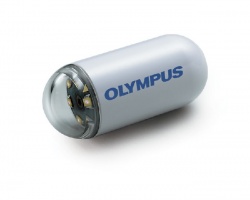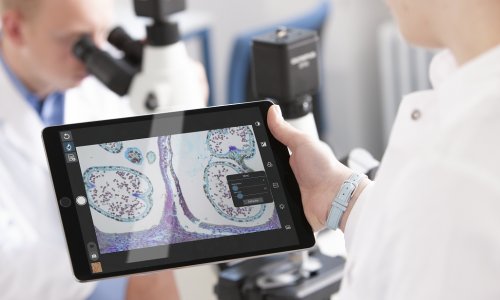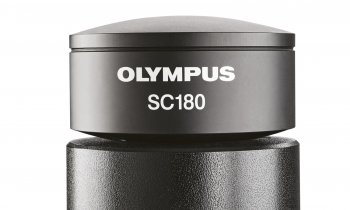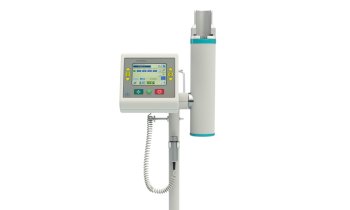Video Capsule Endoscopy
By Jean-Francois Rey MD, Department of Hepatology and Gastroenterology, Arnault Tzanck Institute in Saint Laurent du Var, France
In 2000, the Israeli firm Given Imaging introduced Video Capsule Endoscopy (VCE), a new technology initially devoted to small bowel examination. Since then, the EndoCapsule from Olympus Japan, MiroCam from IntroMedic Korea and some less advanced devices from China have been introduced as technical competition for some new areas, such as oesophagus or colon.


Stomach examination is still not possible because VCE movements are linked to the digestive motility and we do not have a manoeuvrable capsule yet.
For small bowel examination, VCE has become, in a few years, the gold standard for non-invasive examination, because traditional Barium follow-through, CT scan or MR have limited technical possibilities. On the other hand, digestive enteroscopy is restricted by the time consuming and cumbersome examinations. In a few years, various companies have achieved improvement in image quality, but the most important feature is the image analysis through a software reducing the time of reviewing multiple data with various possibilities: quick mode, expressed mode, skipped mode, overview mode, red signal in case of bleeding.
All software improvements allow a quicker and more efficient reading of capsule data. In 80% of cases, VCE is useful for the diagnosis of bleeding lesions, more often angiomas, but also tumours. It has proved clinically useful for suspected Crohn’s diseases, NSAID side effects and, at a lesser level, complicated celiac diseases, Peutz-Jeghers syndrome or familial polyposis. The main obstacle for clinical use is the lack of reimbursement in numerous countries; as the cost of the device is around €500 and healthcare providers are still reluctant to accept a full reimbursement. They are afraid of the important number of misused indications, such as irritable bowel syndrome.
Other than small bowel, the capsule had been used in clinical study of the oesophagus, without clinical benefit over traditional endoscopy. Colorectal cancer screening seems more promising with the capsule, but the cost benefit requires more clinical investigation as the main obstacle is to obtain a complete bowel cleaning.
In summary, capsule examination is a very potentially useful tool. As the current capsule cannot be guided, it needs technical improvements but, in the future, it could take over some endoscopic diagnosis examinations.
21.05.2010











